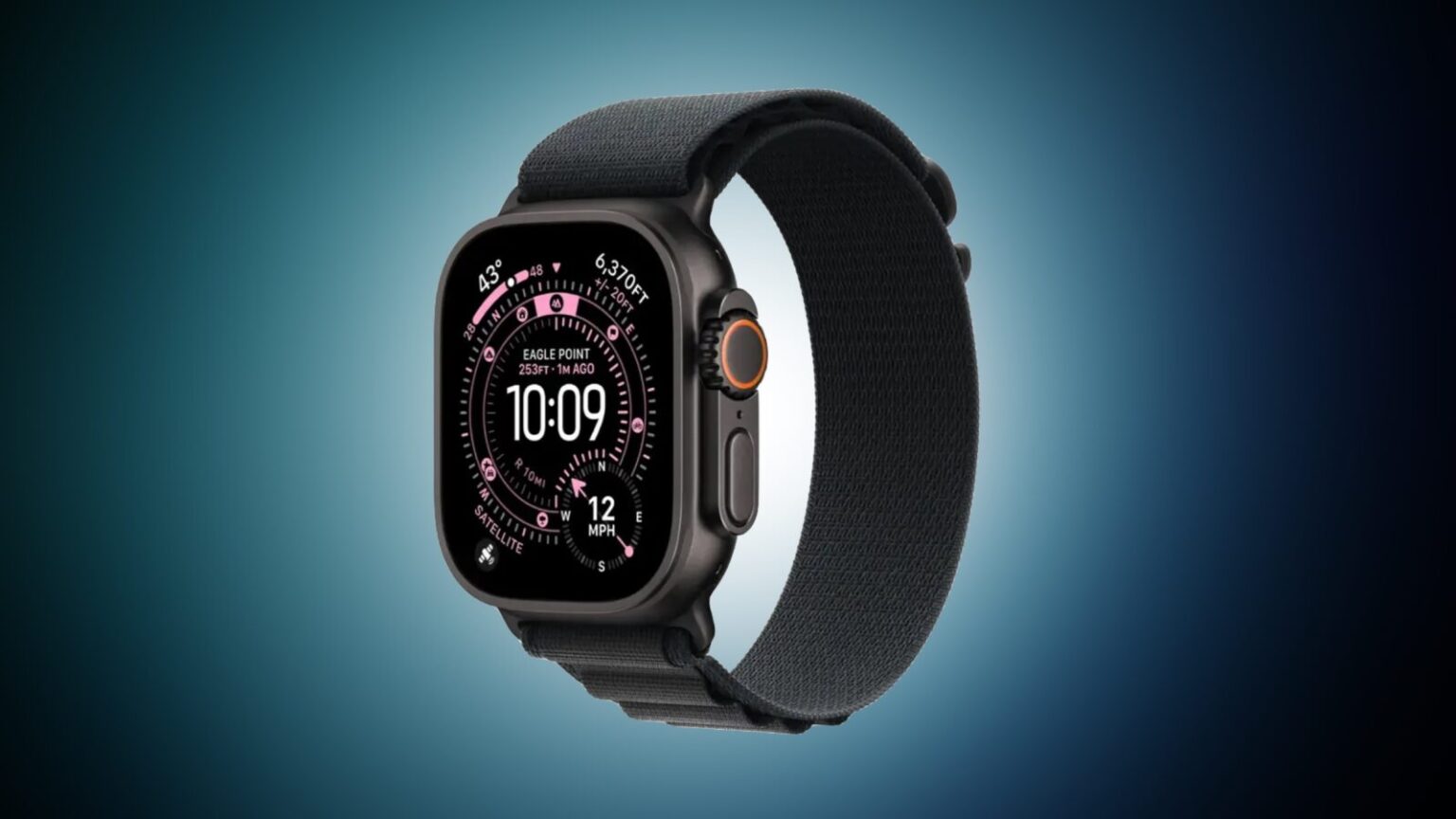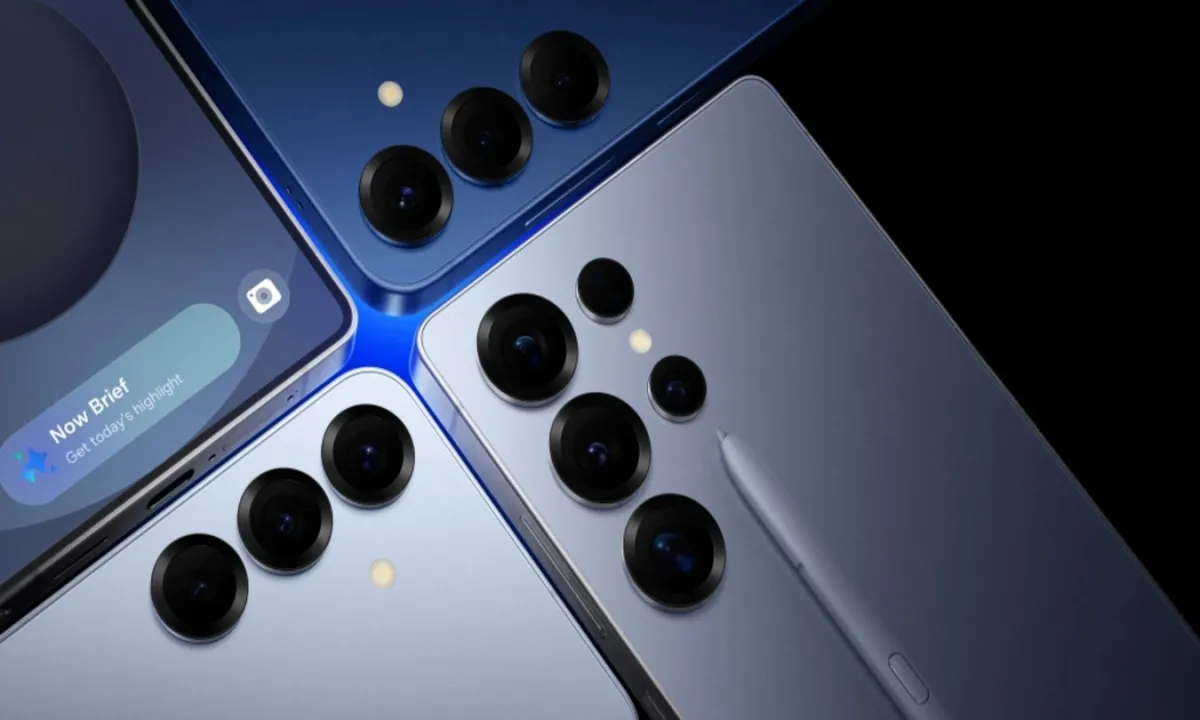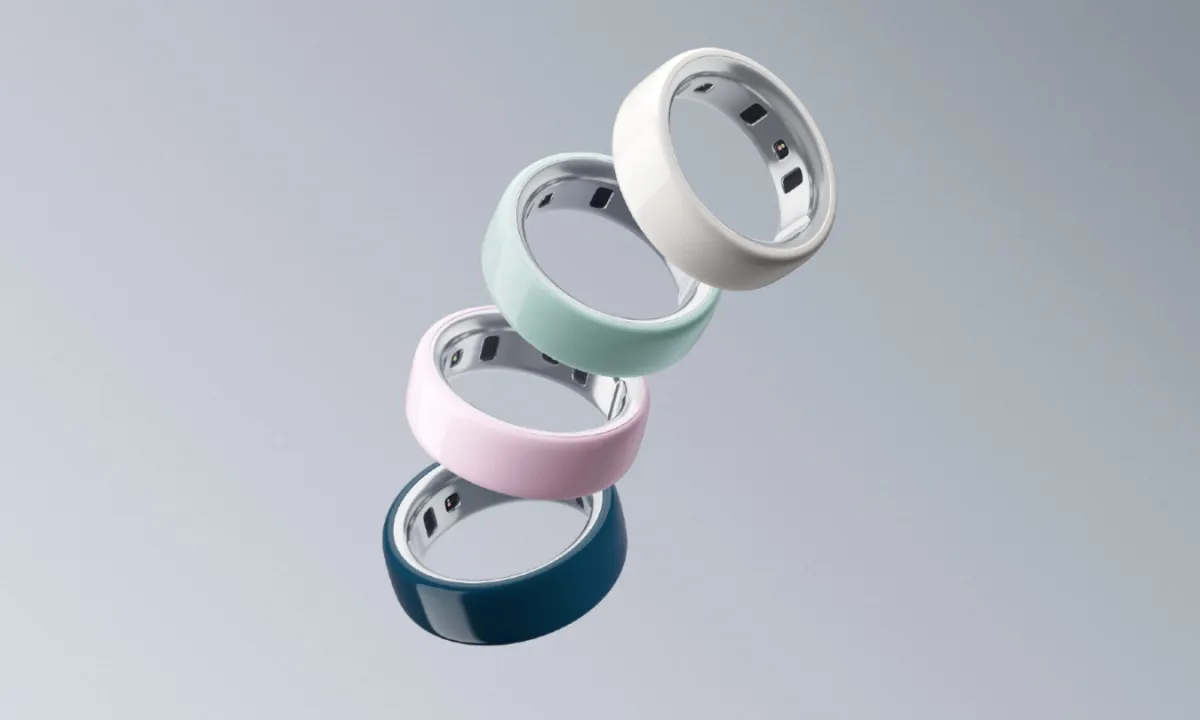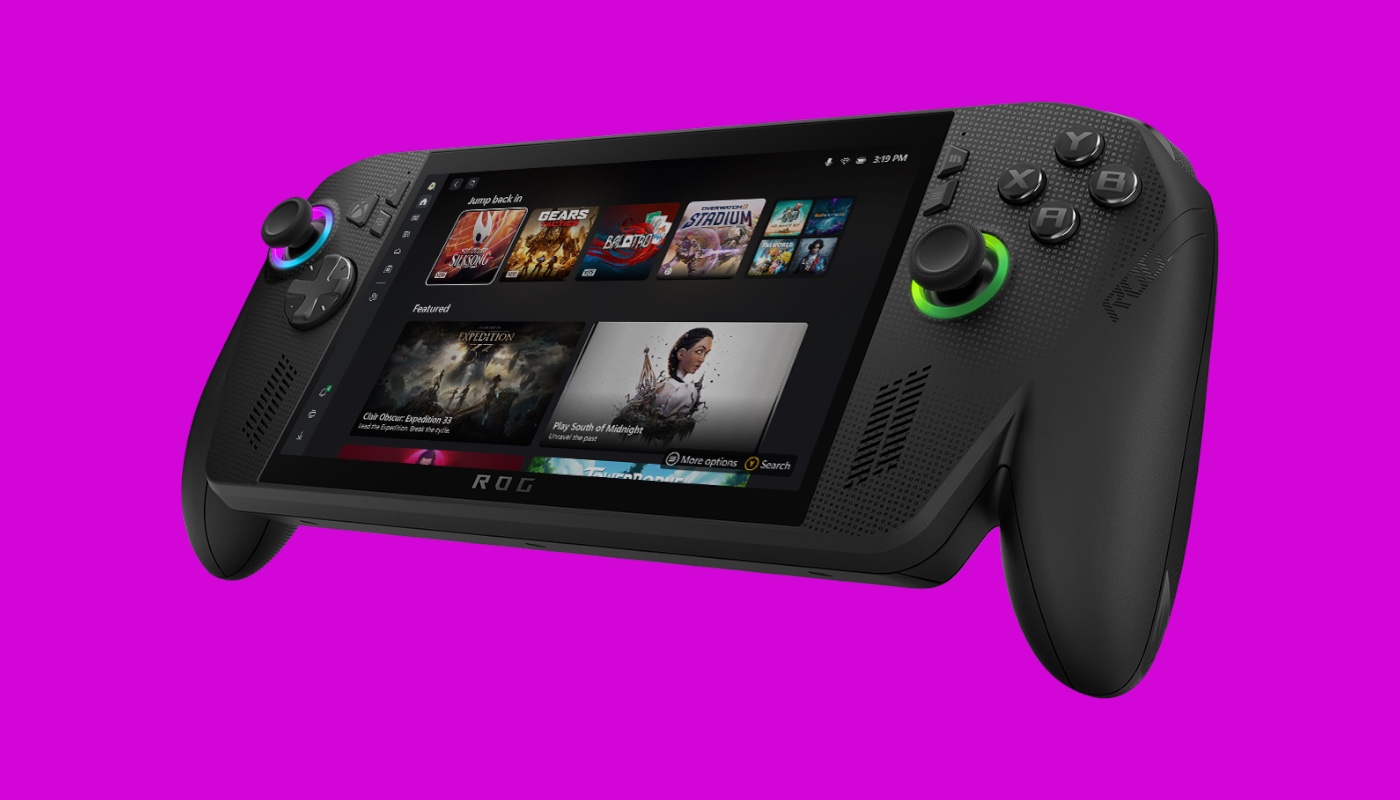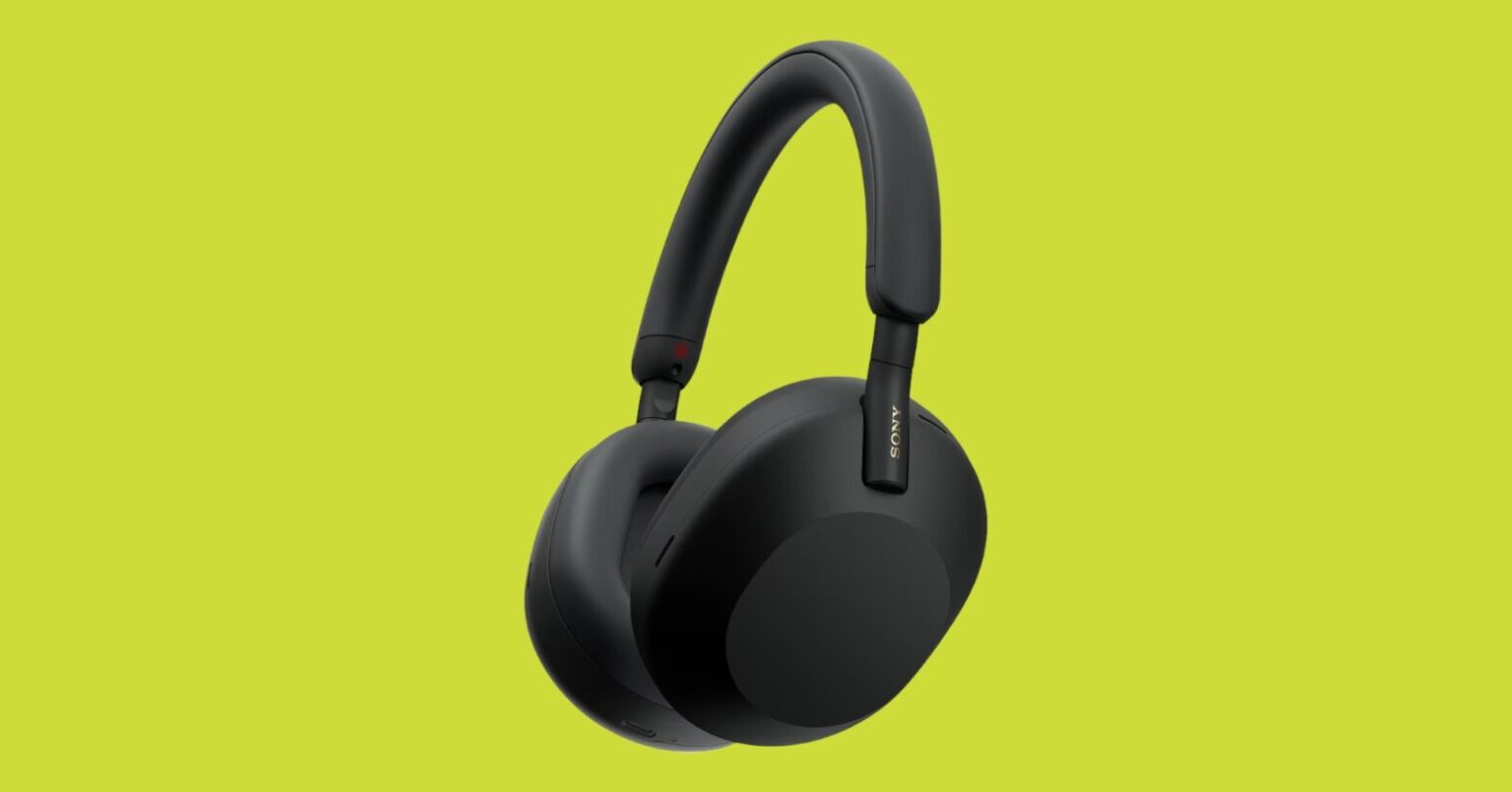Apple’s newest smartwatches, the Watch Ultra 3 and Watch Series 11, are debuting with 5G connectivity, but not in the way most people might expect. Rather than equipping these devices with the same high-power, speed-oriented 5G radios used in smartphones, Apple has taken a different path. The company has opted for a version of the standard called 5G RedCap—short for Reduced Capability—which has been specifically developed for compact, low-power devices like wearables.
The key benefit of RedCap isn’t raw speed. Users won’t be streaming video or running demanding data sessions on their wrist. Instead, the technology emphasizes efficient connectivity, lower latency, and reduced power consumption. This means notifications arrive more quickly, calls connect more reliably, and the device is less likely to lose connection in congested areas or at the edge of coverage. Perhaps most importantly for a smartwatch, it does all this while preserving battery life—a critical concern for a device meant to be worn all day and often overnight.
In practice, this new approach translates to a watch that feels more responsive and less dependent on the phone in your pocket. If you head out for a run, hike, or even just errands without your iPhone, the Ultra 3 or Series 11 is better equipped to stay online and keep you reachable. The lower latency makes interactions smoother, while the more efficient connection helps avoid the frustration of dropped calls or missed messages.
However, RedCap’s full benefits depend on the availability of modern 5G Standalone (SA) networks. These networks are still being rolled out globally, so users may sometimes see their new Apple Watch default to LTE. This isn’t a flaw but rather an intelligent system that chooses whichever signal ensures the most stable connection while conserving power.
In the UAE, the rollout of this feature has gained real traction. Telecom operator e& UAE recently announced support for 5G RedCap on its standalone 5G network, marking one of the first commercial deployments for wearable use cases in the region. This means Apple Watch Ultra 3 and Series 11 owners in the UAE will be among the earliest worldwide to experience the technology as intended. The move positions the UAE at the forefront of adopting 5G standards beyond the smartphone and makes the region a strong test case for how RedCap can reshape wearable connectivity.
The Apple Watch Ultra 3 also adds another safety net with satellite support, including Emergency SOS. This feature allows users to reach help even when they’re far outside cellular range, combining with RedCap to make the watch more independent than ever before. In the UAE, both e& and du now support Emergency SOS on the Apple Watch, extending safety features across the country’s two main operators and ensuring broader availability of the service for residents and visitors alike.
The significance here isn’t about speed tests or flashy marketing claims. Apple is clearly prioritizing practical reliability over headline numbers. For most users, fewer dropped calls, stronger coverage in tricky environments, and longer-lasting battery performance will matter more than how many megabits per second the watch can theoretically pull down. With e& UAE backing RedCap and both e& and du enabling satellite SOS, this generation of the Apple Watch may represent a turning point for wearables: moving from “nice-to-have” companions to dependable standalone devices.

